What can you do to upgrade the performance of your disc brake system?
We take a look at choices to get you through shortages and take your braking performance to the next level
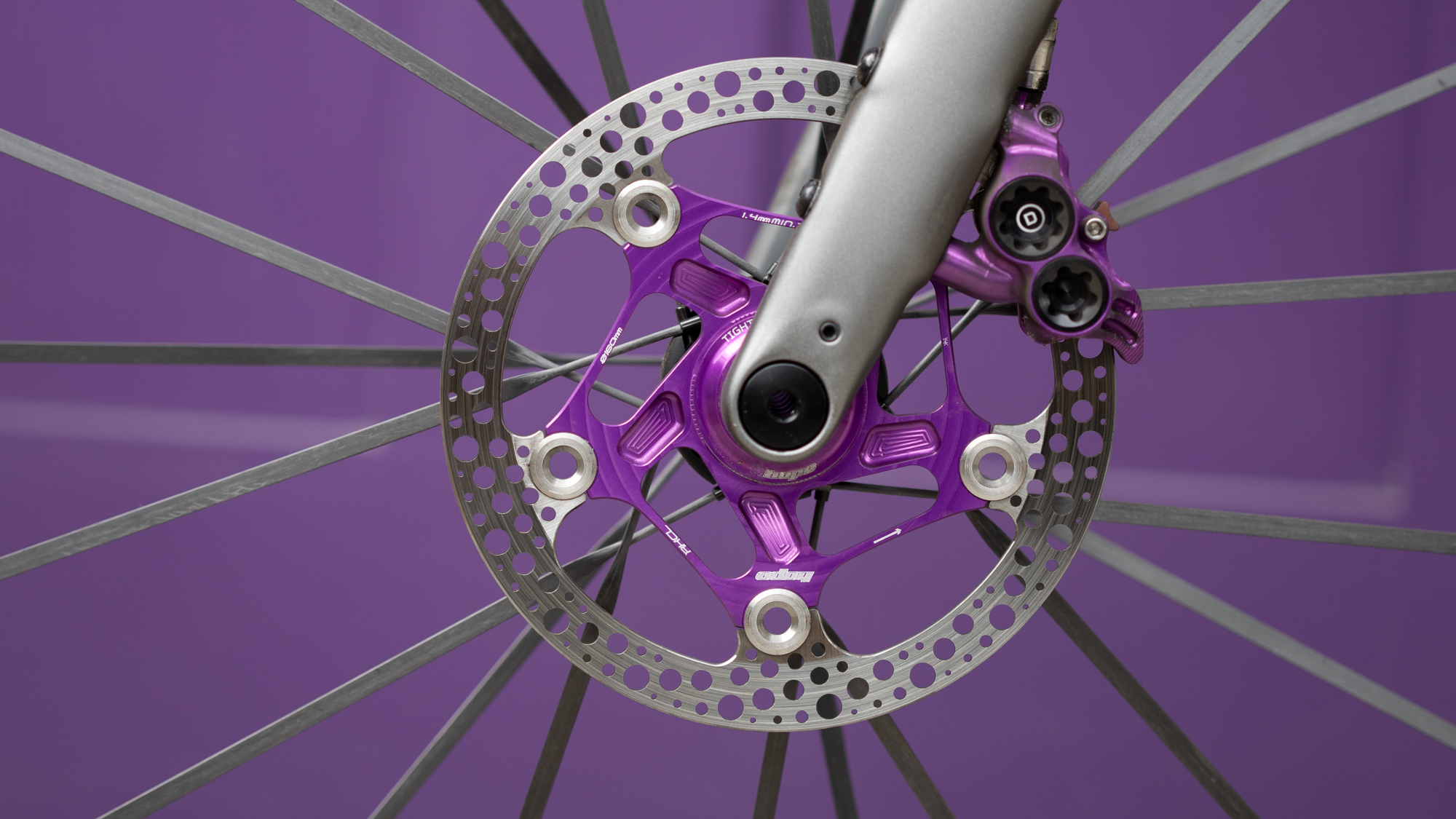
The debate about disc brake vs rim brakes is over. The ship sailed a few years ago and by now it's almost impossible to buy a new bike with rim brakes. Almost every option in our list of the best road bikes features disc brakes and it's even getting tough to upgrade existing rim brakes systems. This changeover happened largely because of consumer demand but it's definitely a fact.
The reason for consumer demand, and quick adoption, is all about performance. Disc brake systems provide superior braking performance and they also make it so that you'll never ruin a wheel after wearing through the rim. It doesn't matter if it's sunny or raining, the performance doesn't change much and the advantages exist at all levels of the performance spectrum.
In fact, at the performance end, the advantages might even be bigger. Typically, when talking about the performance advantages of braking on a road bike it's a discussion of stopping distance and lever feel. There is another way to think of performance though and that is the way it allows the designers behind the best road bike wheels to get creative. No longer constrained by the need to fit between the arms of a rim brake system, or deal with braking forces on the carbon, wheels can go in directions never thought possible a few years ago.
Despite all the advantages though, there is still room for improvement. The big-name groupset manufacturers all have excellent braking systems but they aren't the final word on what is the best. We have taken our time doing a deep dive into what options exist to get the best performance available and now we are ready to talk about it. If you are looking to upgrade your road or gravel disc brake system, keep reading to see what we've found.
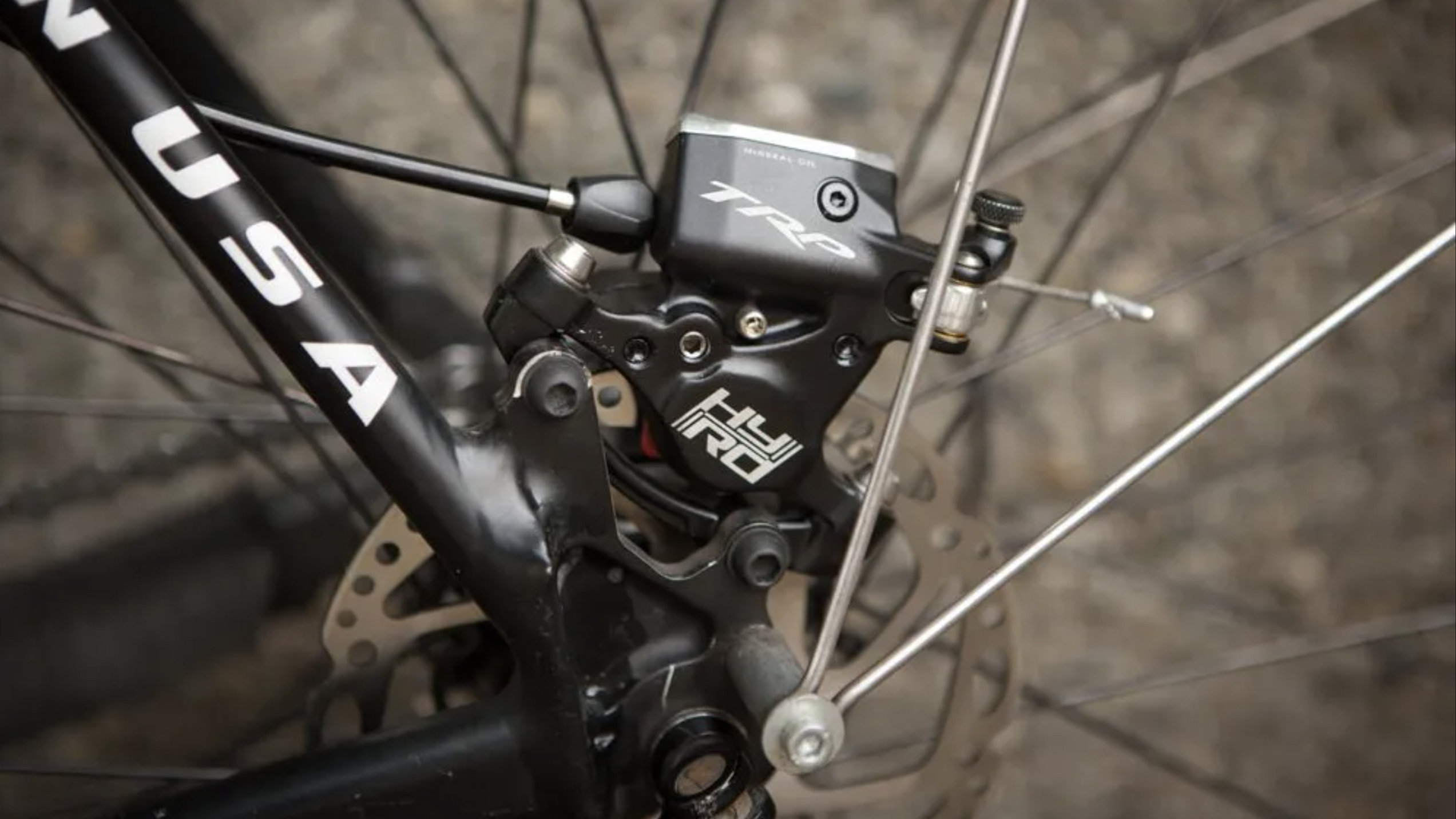
Cable actuated disc brake systems
It would be easy to think of this whole topic through the lens of hydraulic brake systems. If you want the best performance out of disc brakes, that's where you will want to look. However, given that statement, there are still a lot of people who are very happy with cable-actuated disc brake systems. This is particularly true in the adventure gravel cycling segment where there are a lot of people who like sticking to cables for their perceived repairability in the backcountry. It's also a big way that a brand can save money and you'll find mechanical disc brakes are almost universal in our list of the best gravel bikes under $1,000 / £1,000.
The biggest challenge with mechanical disc brake systems is not an issue with their performance when perfectly adjusted. The challenge is that as the pads wear, the system doesn't self-adjust. Depending on how much you ride, and in what conditions, that can mean a constant state of annoyance. The best solution for solving this is the TRP Hy/Rd brake caliper.
This option from TRP came out way back in 2015 and it provides a hybrid system. You leave your cable-actuated brake system in place but remove your caliper and replace it with a Hy/Rd caliper. The caliper is a self-contained hydraulic system that uses a cable to actuate. Don't expect miracles for lever feel but you will no longer have to adjust the system as the pads wear. This is as good as it gets without making major changes to the bike.
Get The Leadout Newsletter
The latest race content, interviews, features, reviews and expert buying guides, direct to your inbox!
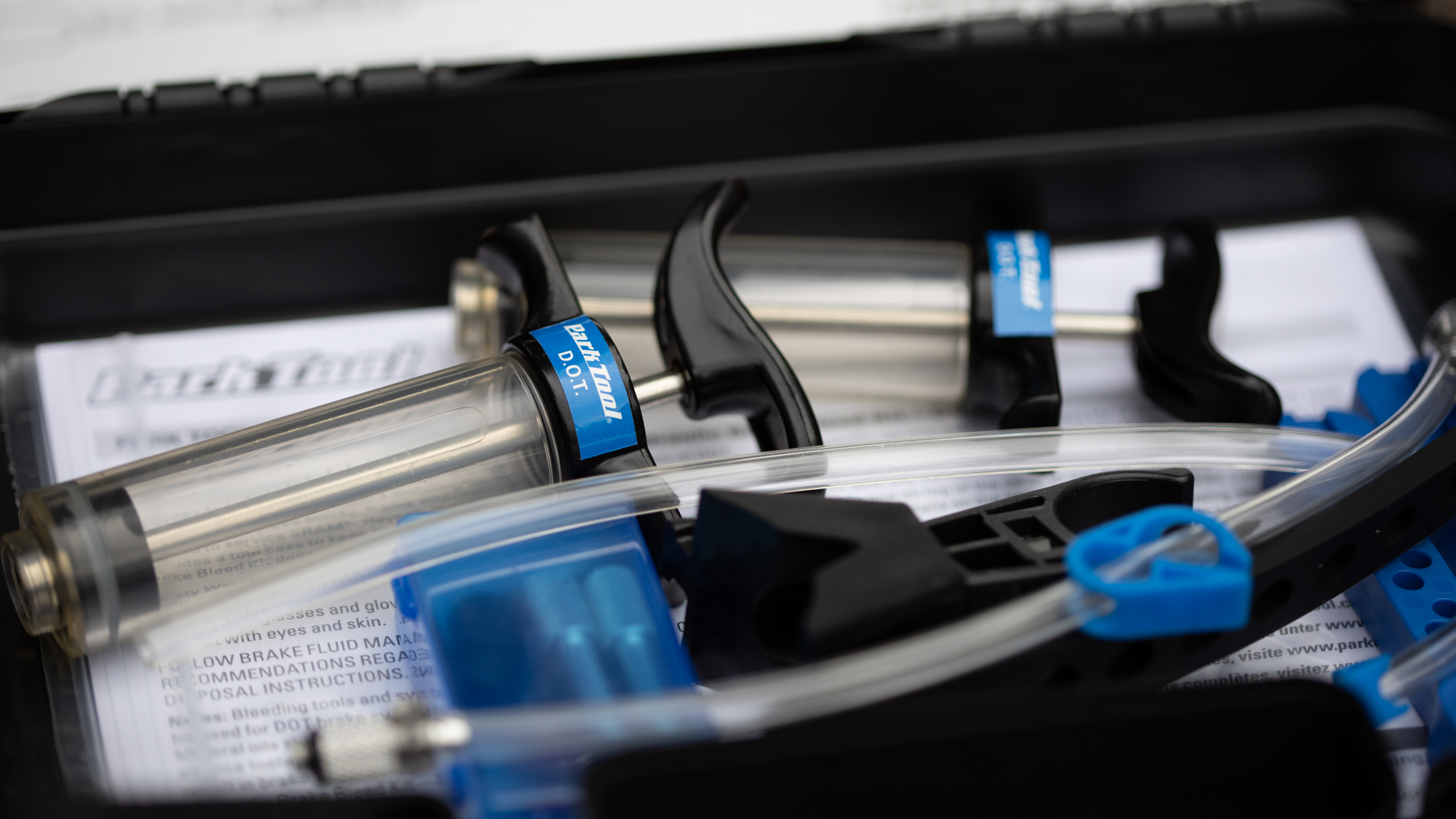
Make sure your brakes are in perfect working order
This article isn't about fixing brakes that aren't working properly. The point of this discussion is to see how to take a disc brake system that's working perfectly to the next level with upgraded parts. Still, when using a hydraulic brake system one of the most common issues is air in the system or an overfilled system.
Air in the system will make the lever feel spongy or require a lot of lever pull to get engagement. If that's the issue then you will need a brake bleeding kit that matches the system you have. Shimano and Campagnolo systems use mineral oil while SRAM uses DOT fluid. Park Tool makes an excellent brake bleed system but the two systems can't mix. If you have a SRAM bike and a Shimano bike you will need two different kits.
The other issue that will pop up is an overfilled brake system. This is actually a more common issue that causes riders to start looking at upgrades. Your brakes will still perform just fine and it's not at all uncommon to get a brand-new bike with this issue. If the system is overfilled then the pistons won't retract all the way. If it's only a little overfilled then the end result might only be pads that sit extra close to the rotors. As the rotors deform because of heat, the pads will make contact and generally be an annoyance.
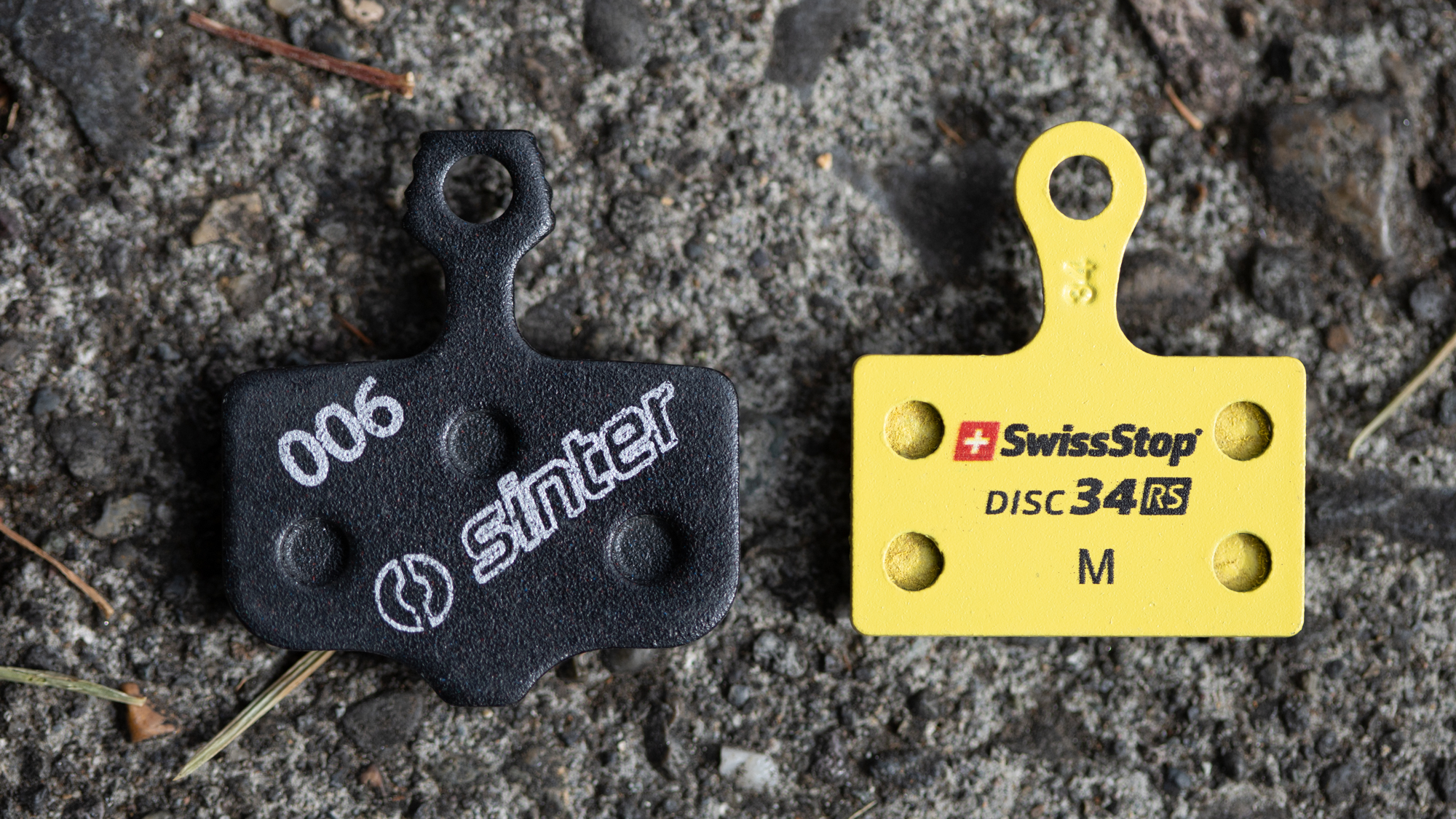
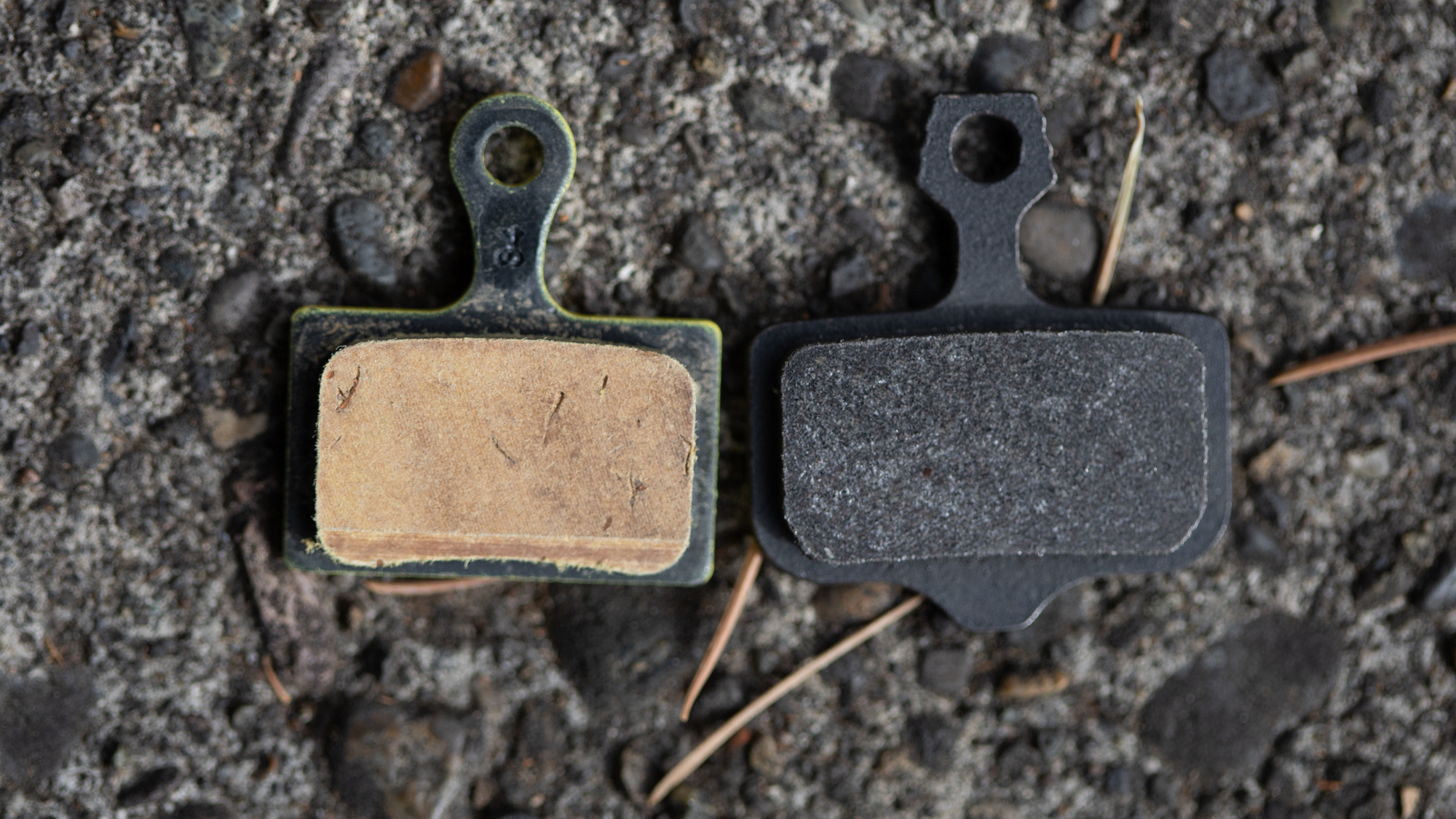
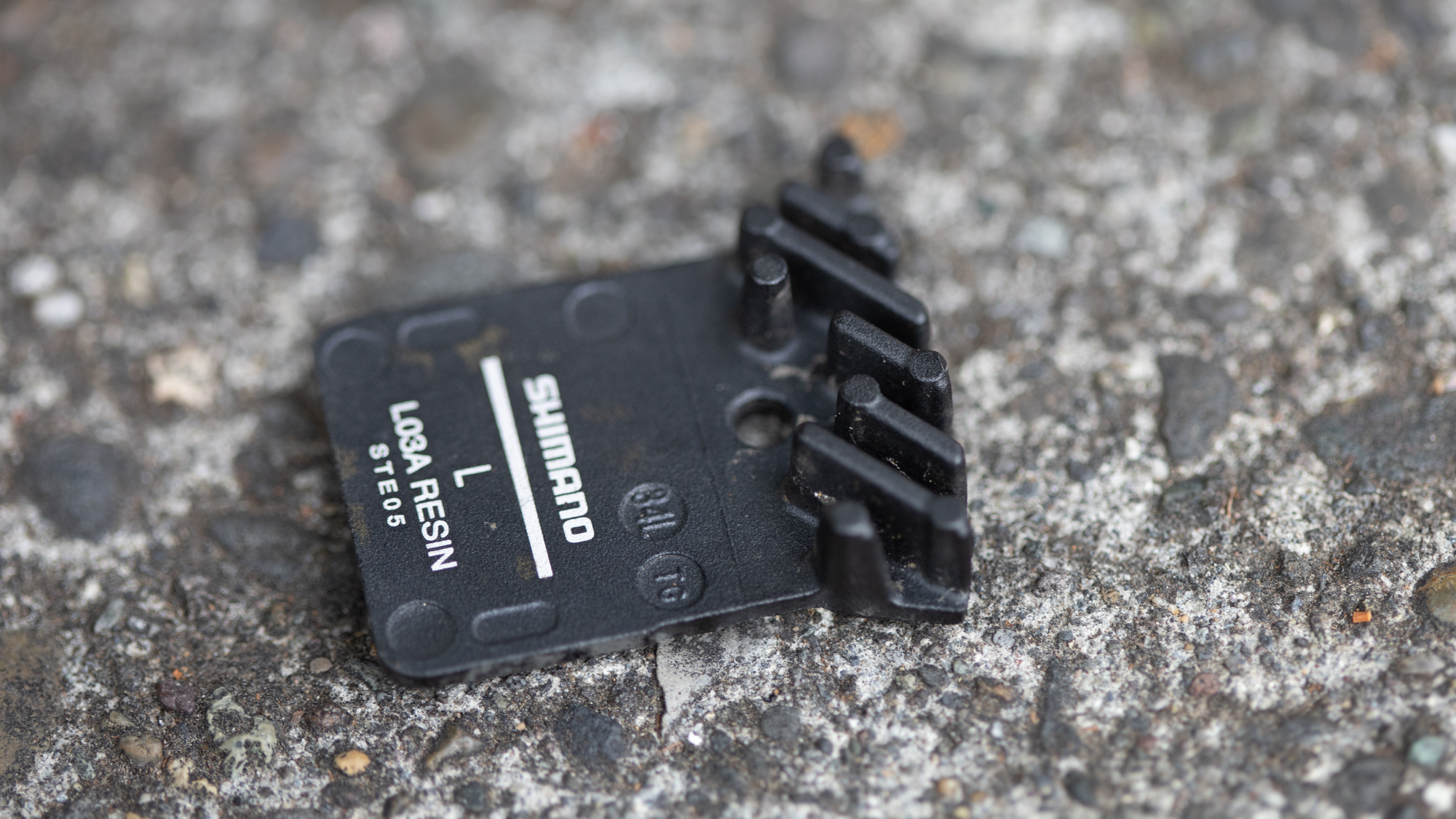
Upgrade your brake pads
In some ways, this is the point where this article began to take shape. The supply chain has loosened up a little but it can still be very difficult to find replacement parts for a bike. Shimano in particular is having trouble getting parts into customers' hands, so when we went looking for another option for replacing brake pads, we found Sinter.
Sinter has a background in high-performance brake products for carts and motorcycles and it has been around for a long time. In 2015 the brand started to produce products for bikes and today there are options for mountain, gravel, road, and electric bikes. Within those options, there are replacement pads for Shimano, SRAM, and Campagnolo with different pad materials depending on desired characteristics.
The pad I went for was the Shimano replacement in the Black compound. It's a semi-metallic pad that aims to balance performance with pad life and in my experience feels like an excellent replacement for a Shimano pad. They lack the cooling fins that you'll find on a Shimano pad, and swap the retainer bolt for a cotter pin, but otherwise work similarly. The European production hasn't run into as much trouble getting products to market as Shimano so if you are looking for an alternative, Sinter is a great option. The only drawback is that their performance is ultimately limited by the rotors you pair them with.
The only place to get Sinter products is directly through their website at https://www.sinter.si/
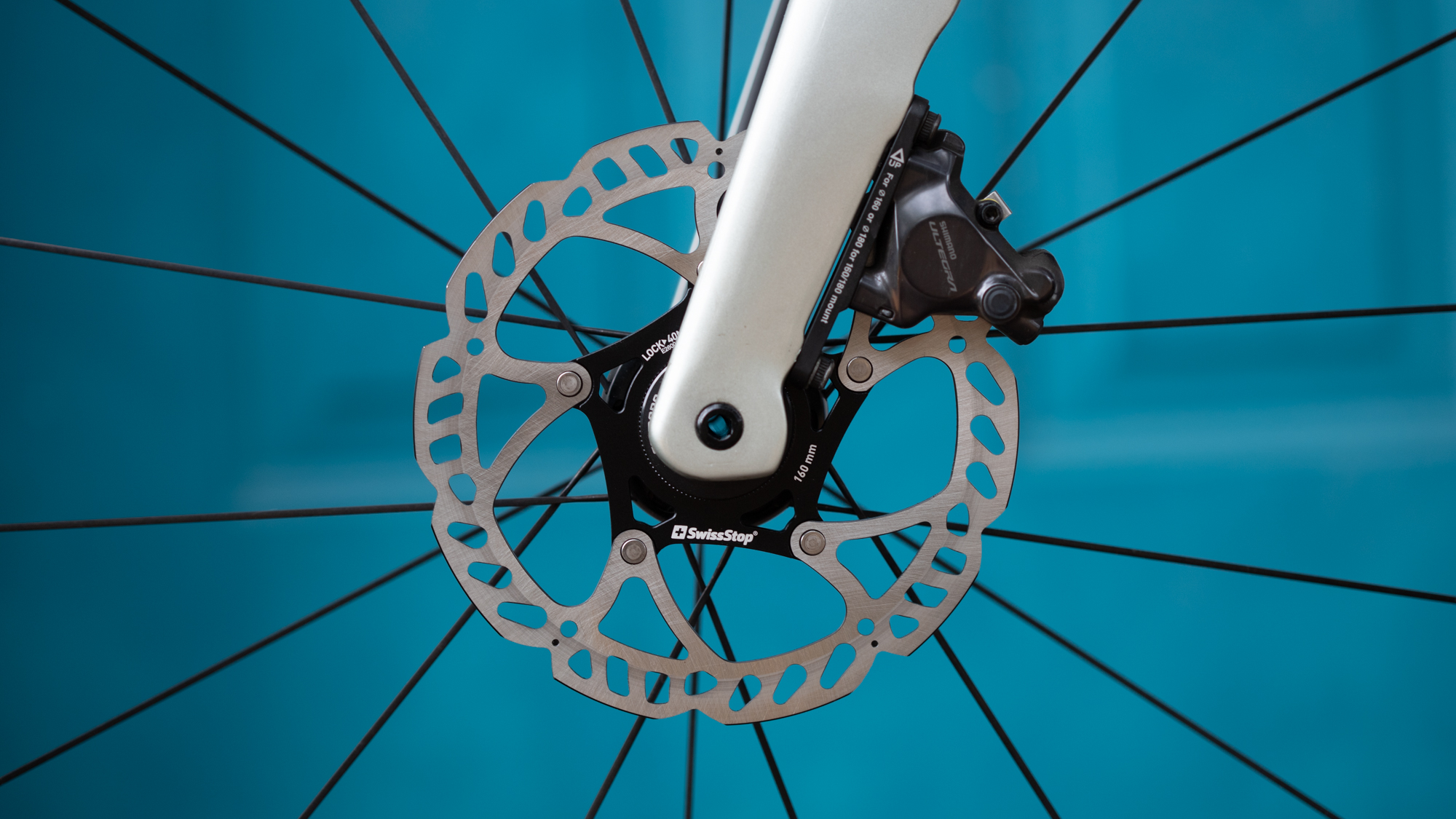
Upgrade your brake rotors
Many will know SwissStop as the renowned manufacturer of those iconic yellow rim brake pads that many of us swore by as an upgrade. The switch to disc brakes meant a reinvention of its business and it duly responded with a whole new product line. Like Sinter, it has a line of pads that fit all the major groupset brands but also a line of rotors called Catalyst.
The problem I wanted to solve with my brake experience was the warping of the rotors on descents. As the rotors expand from heat the surface distorts and the pads touch them for a few minutes afterwards. It doesn't take much descending to make it happen and it's maddening. The brands will tell you that pads play a part in that but my experience of swapping pads was that it didn't help. The SwissStop Catalyst rotors ended up being the answer for me.
The Catalyst rotors are a design that SwissStop started exploring in 2016 and they have a number of details specifically designed to minimise heat buildup. The design starts with high-grade SUS410 stainless steel for the braking surface but it's the actual shape where the magic happens. The team ran through a wide range of structures looking for heat dissipation and stiffness under braking forces ranging from typical hand pressure up to theoretical maximums.
Those structures were then also evaluated with an eye toward airflow. Computational Fluid Dynamics (CFD) simulations study airflow over the surface of the rotor and through the cut-outs in the brake pad contact area. Different profiles ran through validation looking for cooling and there was a back and forth with strength, stiffness, and materials until the team arrived at the final form. The effort, in my experience, paid off. Running the Catalyst rotors with the RS pads led to solid braking performance with quiet rotors.
It's also worth noting that Shimano has been working hard on this same problem. The 2022 update to the Shimano range brought with it a switch to the RT-MT900 rotors from the XTR range of mountain bike components for this exact reason. There was also a move to widen the gap between the rotor and pads with this issue in mind. Now, as I write this, a new generation of RT-CL900 and RT-CL800 disc brake rotors are launching on the market. The stated reason for the update is "to significantly reduce heat deformation during long, steep descents" and the brand looks to realise these goals through "a new, more robust alloy carrier and arm shape."
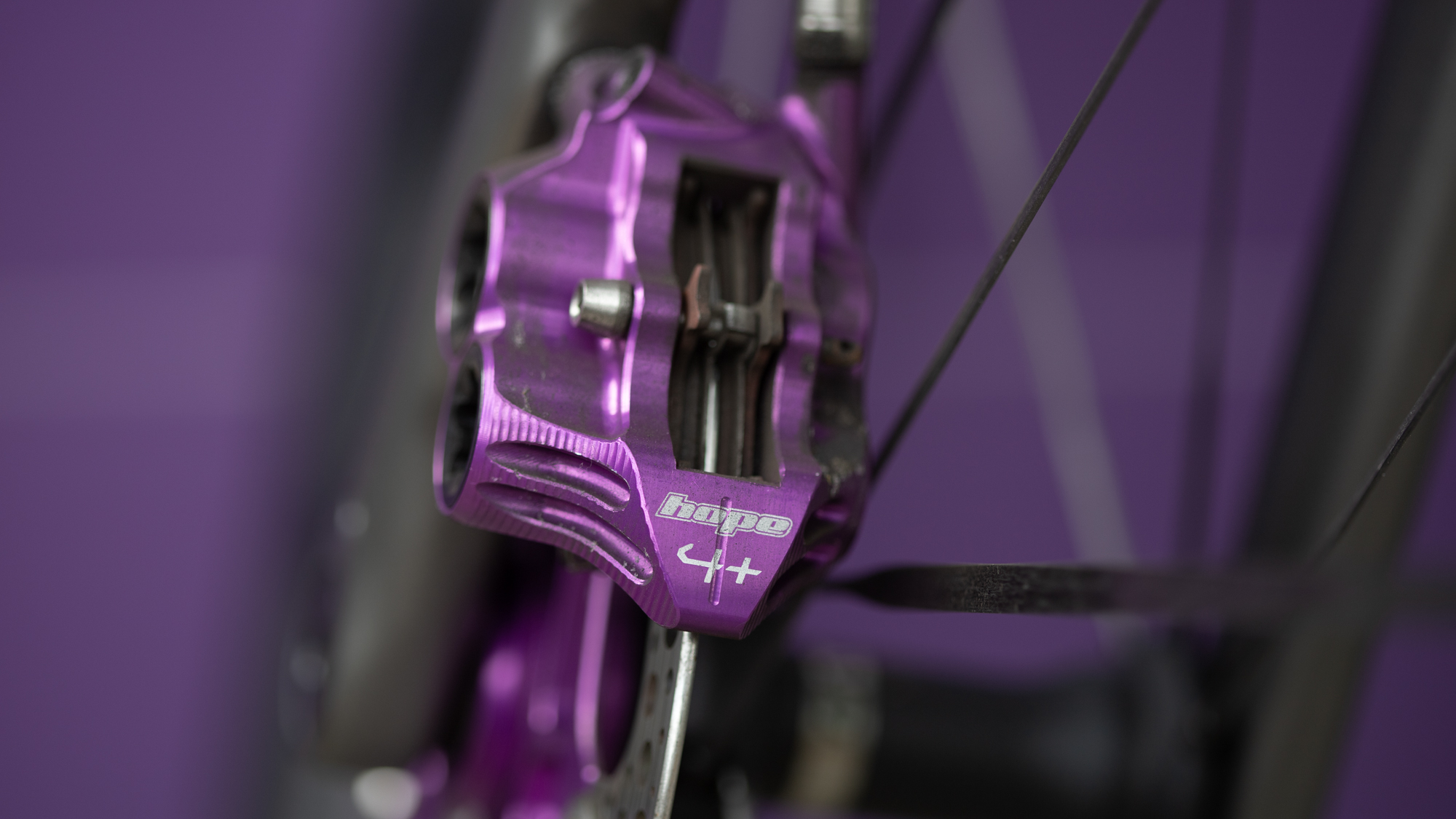
Upgrade your brake calipers
For most people the challenge with disc brakes comes down to noise. Pad noise is a frequent complaint and that causes people to look for alternatives. Rotor heat deformation is also an issue that consumers, and by extension brands, are looking to solve and that also ends up being a noise issue. Right now we are also running into some supply chain issues so even those who are happy with the performance of the big brands are looking for an alternative.
Within this range of issues, there are options and solutions to be had but the end result isn't going to be a drastically different experience. What you are looking to do is allow your braking system to show up in the best way possible. If you want to take your braking system to an even higher level you are going to need to go beyond pads and rotors and look at calipers as well.
Some will remember Chris Froome going down this exact upgrade path. He complained about the issues we are discussing and he swapped his Shimano components for what looked like Magura calipers in 2021. Given the realities of sponsorships, no one ever confirmed the details and, when asked, Magura made it very clear that they do not make road bike calipers. Although plenty of people make it work, the brand doesn't recommend it and I looked elsewhere. My search landed on UK brand Hope Technologies.
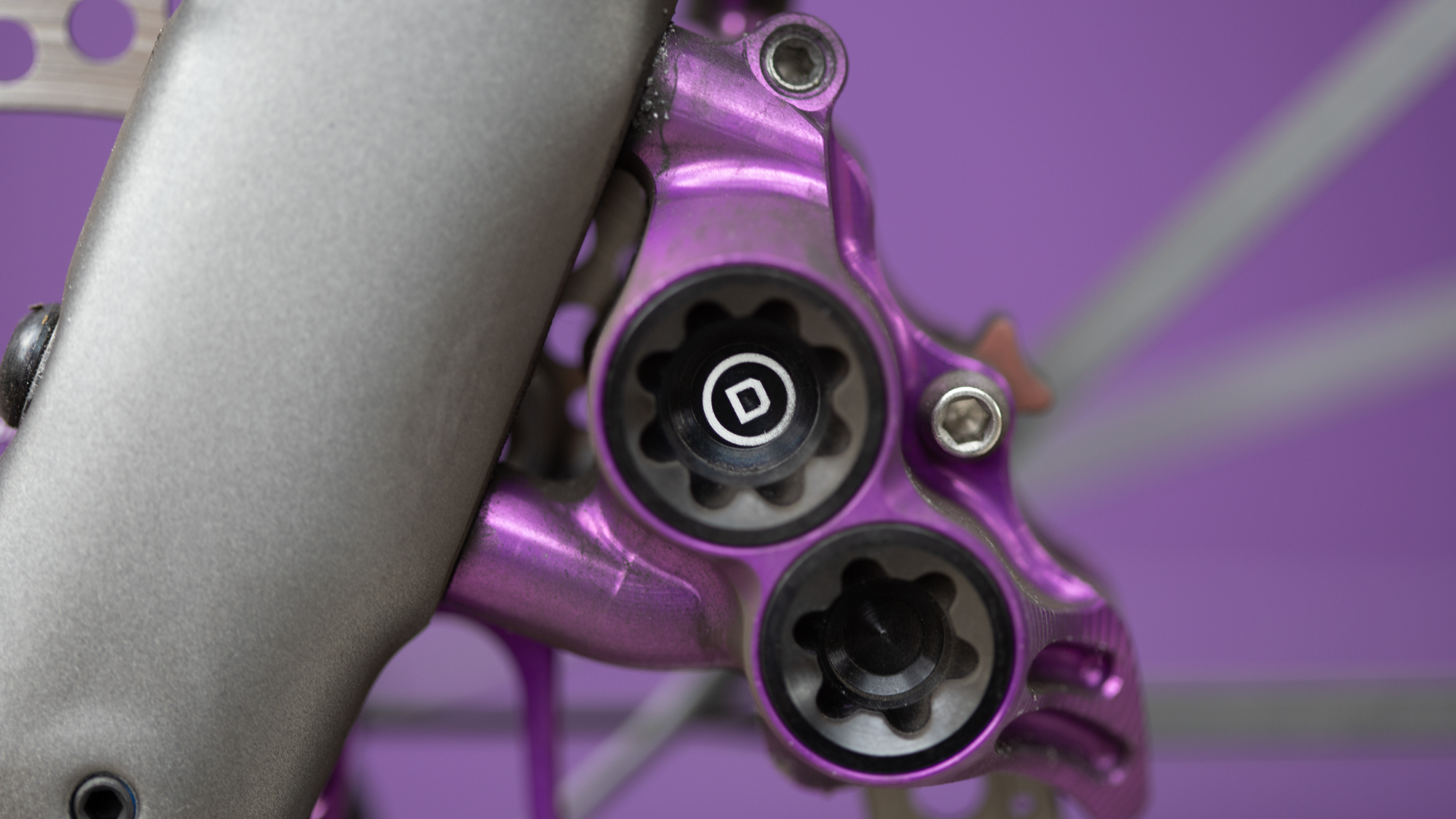
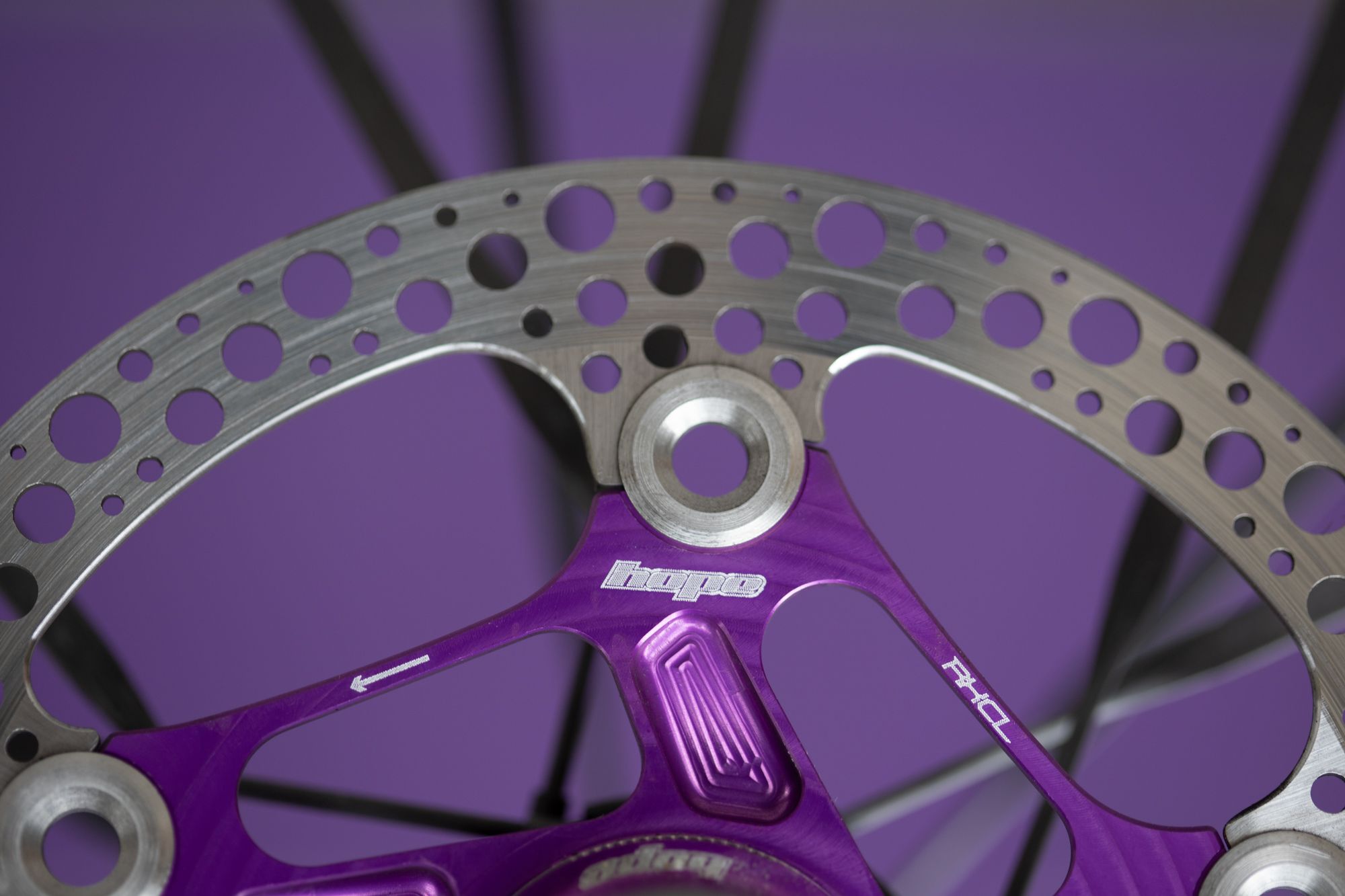
After having spent quite a bit of time testing various upgrades on Shimano and SRAM brakes, I wasn't expecting a lot when I added the Hope RX4+ system to the Enve Melee. Within five minutes of riding, I knew I had underestimated what I was adding to the braking experience. The Hope system is a monobloc four-piston caliper and it's a level of performance far beyond the SRAM calipers that they replaced. It also doesn't hurt that they are absolutely gorgeous and available in a range of colour options.
If you are looking to seriously take your braking performance up a level, in my experience, this is where you want to look. I have never experienced brake fade on a road bike. That statement includes long descents in the Dolomites on Campagnolo brakes as well as a long local descent with SRAM brakes I talked about in my review of the Hunt Limitless 60 wheels. What I have experienced is the warped rotor issue I set out to solve and Hope certainly solves that problem.
The Hope RX4+ is more about nuance though. Short double-digit descents on terrible pavement are regular occurrences in my area of the world and situations like this are where the Hope brakes shine. The initial bite is much stronger and more immediate and when you need to control a descent where you move from high speed to low the performance difference is drastic. Other brake systems can shave a bit of speed on a fast descent but the big changes are the challenge. It’s also a challenge to stay slow and controlled. When holding the weight of your body and bike as you lean back against a steep technical descent the Hope brakes don’t wear you out.
Josh hails from the Pacific Northwest of the United States but would prefer riding through the desert than the rain. He will happily talk for hours about the minutiae of cycling tech but also has an understanding that most people just want things to work. He is a road cyclist at heart and doesn't care much if those roads are paved, dirt, or digital. Although he rarely races, if you ask him to ride from sunrise to sunset the answer will be yes. Height: 5'9" Weight: 140 lb. Rides: Salsa Warbird, Cannondale CAAD9, Enve Melee, Look 795 Blade RS, Priority Continuum Onyx
